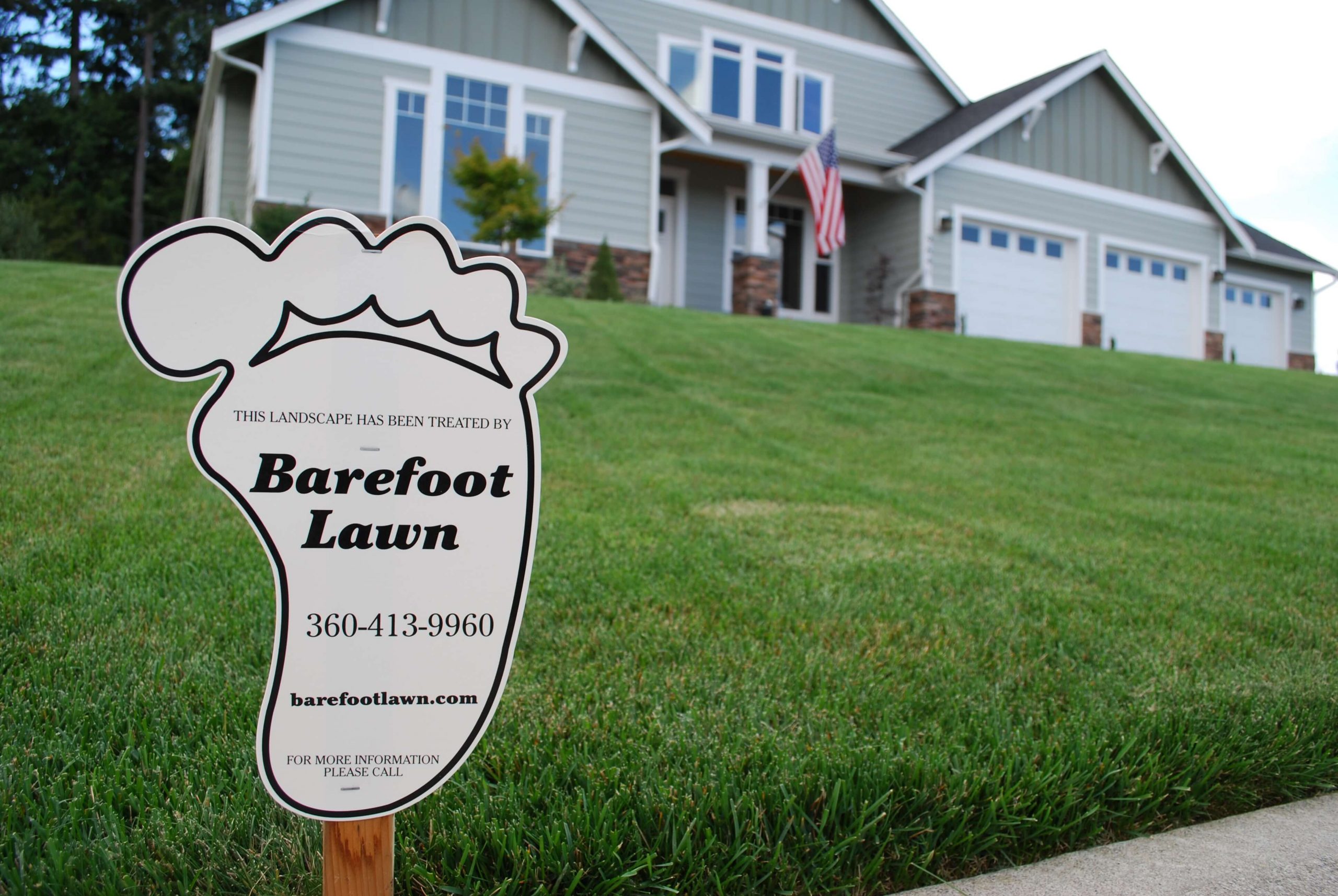European crane fly lawn damage shows up in the Spring
European crane fly (ECF)(tipula paludosa) thrives in our area because of our mild Winters, cool Summers and abundant rainfall. The adult crane fly looks like a long skinny mosquito. The larvae develop a thick jacket over the Winter while feeding on your lawn’s roots, earning the nickname “leatherback”. One of the tell tales of (ECF) infestation is the presence of birds feeding on the abundant larvae. Holes in the lawn, […]




